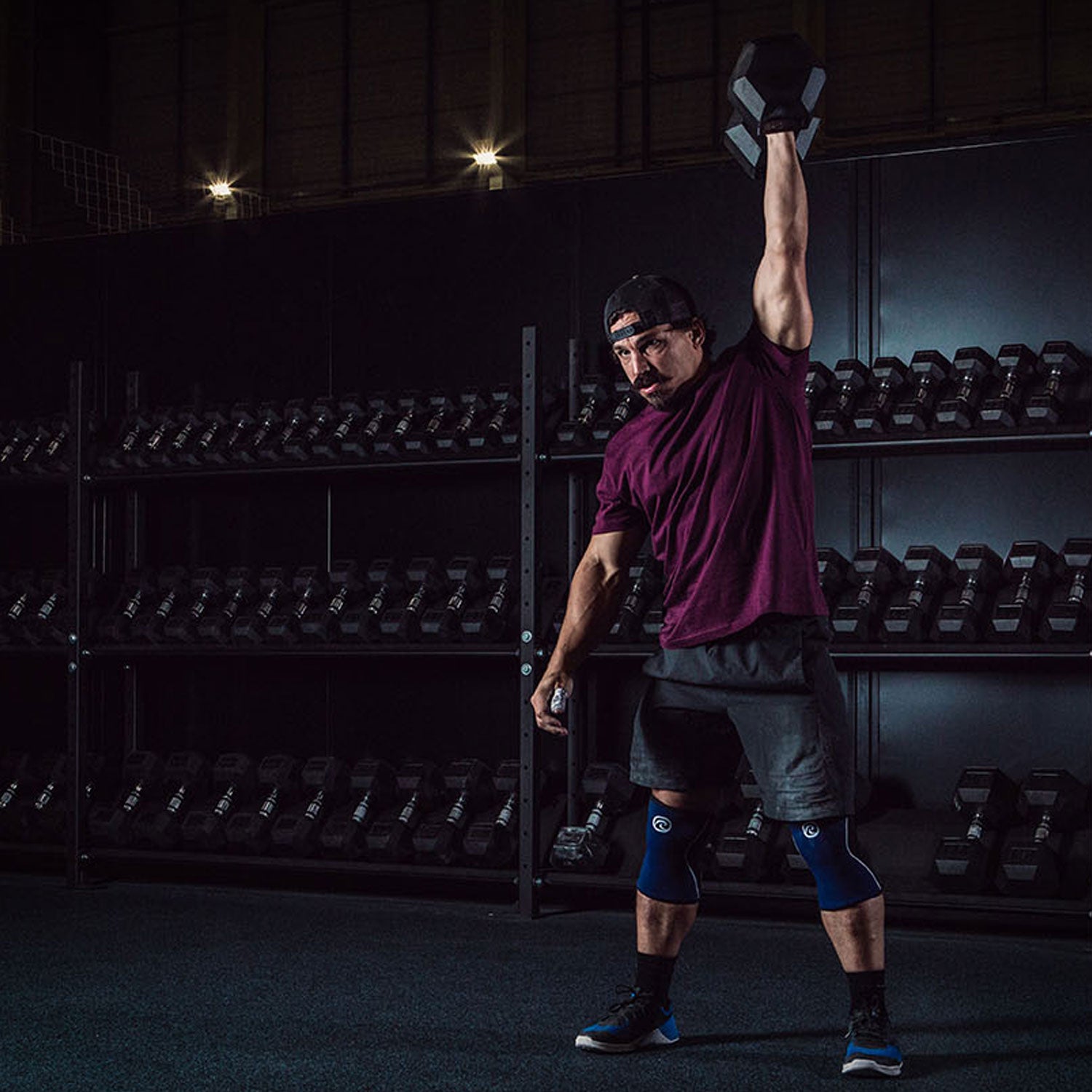Nek- en schouderpijn begrijpen: oorzaken en invloed op sport
Spierpijn in de nek en schouders komt vaak voor bij mensen die repetitieve of langdurige eenzijdige taken uitvoeren, zoals kantoorpersoneel, industriearbeiders en kappers. Ook precisiesporten zoals schieten dragen bij aan de belasting van de nek- en schouderspieren. Deze pijn ontstaat meestal door spierspanning of overbelasting, wat leidt tot ontsteking en ongemak. Naast fysieke belasting vergroten een slechte houding en ergonomie het risico, wat leidt tot stijve en vermoeide spieren. Deze blessures kunnen ook ontstaan door plotselinge bewegingen of een verkeerde vorm tijdens lichamelijke activiteit.
Nek- en schouderpijn kan verschillende oorzaken hebben. Een belangrijke factor is spierspanning, vooral in spieren zoals de trapezius en levator scapulae, die de nek en schouders verbinden. Deze spieren kunnen overbelast of gespannen raken door statische houdingen of herhaalde bewegingen. Blessures zoals nekhernia of spondylose kunnen ook bijdragen aan uitstralende pijn in zowel de nek als de schouder. Een hernia kan compressie van de zenuwen veroorzaken, waardoor pijnsignalen naar de schouders worden gestuurd, terwijl cervicale spondylose kan leiden tot degeneratieve veranderingen in de wervelkolom, wat bijdraagt aan ongemak. Andere onderliggende oorzaken kunnen het thoracaal outlet-syndroom, brachiale neuritis en zelfs schouderartrose zijn. Na verloop van tijd kunnen deze blessures leiden tot aanhoudende of terugkerende pijn, met negatieve gevolgen voor de prestaties van een sporter of de productiviteit van een werknemer.
Strategieën voor behandeling en preventie van nek- en schouderpijn
Om nek- en schouderpijn effectief te behandelen, is de eerste stap het identificeren van de onderliggende oorzaak. Voor verrekte spieren kunnen rust, ijs en vrij verkrijgbare pijnstillers de eerste verlichting bieden. Fysiotherapie en specifieke oefeningen om de nek- en schouderspieren te versterken kunnen ook helpen bij het herstelproces. Als de pijn het gevolg is van een hernia of een ander probleem met de wervelkolom, kunnen meer gespecialiseerde behandelingen nodig zijn, zoals injecties of zelfs een operatie. Daarnaast zijn een correcte lichaamshouding en ergonomische aanpassingen essentieel om toekomstige blessures te voorkomen. Regelmatige pauzes en rekoefeningen worden aanbevolen voor mensen in statische werkomgevingen.












